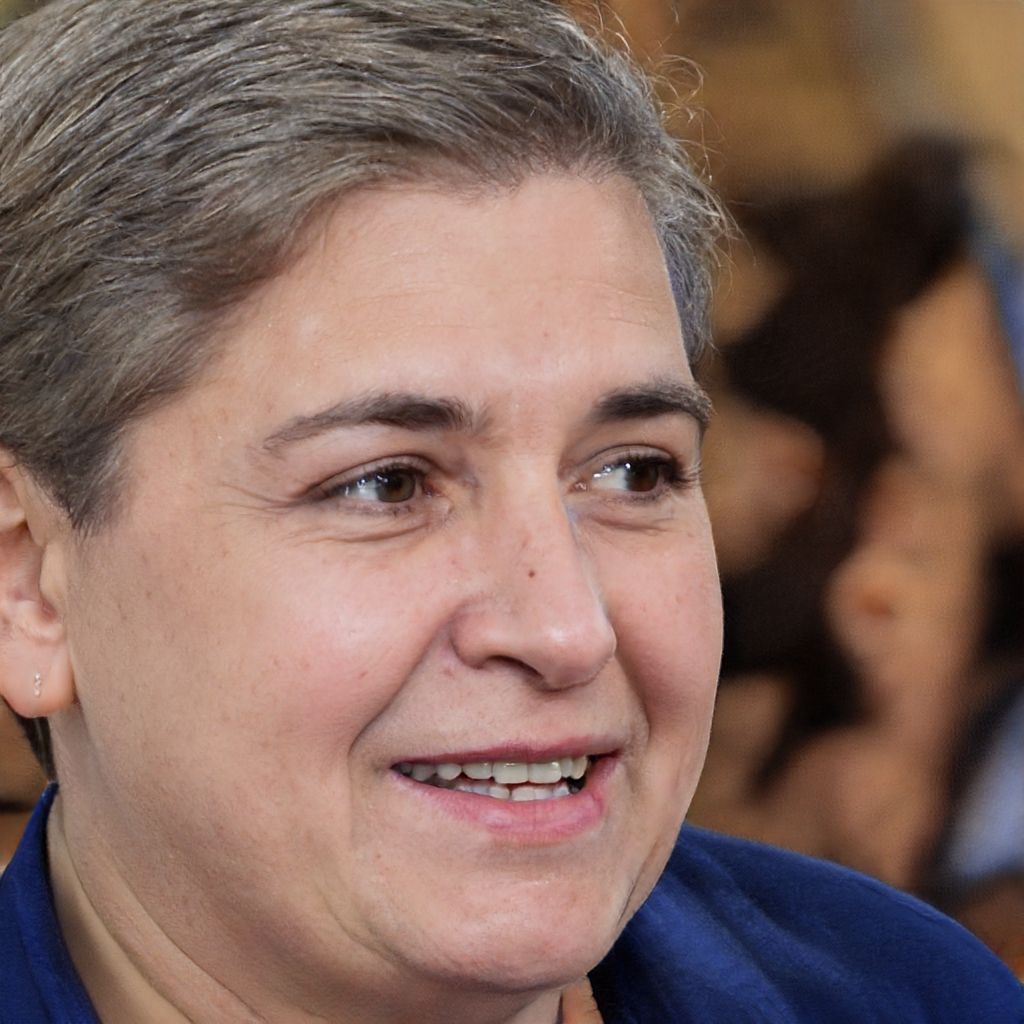Good news for SpaceX, closer to the goals of Moon and Mars: now Elon Musk can finish the launch of a rocket with a vertical landing.
In the not too distant future imagined by Elon Musk, man will have started the work of "renovation" on Mars in order to make the arid Red Planet a "home" suitable for the needs of all. On Earth, meanwhile, the vehicles will be electric and self-controlled, but they will be used mostly for frivolous purposes: always in the vision (a bit crazy) of the super billionaire, in fact, the workplaces will be completely automated, realizing the utopia of 100% free time for us, sentient entities.
These and other prophecies are the product of a mind certainly brilliant, but that tends to privilege the communication effect on the scientific accuracy of its statements. Except to recover all the credibility lost after a stupid tweet with only one amazing achievement: in this case, the vertical landing of a rocket developed for space exploration.
What is SpaceX's Starship and why its landing is good news for Mars
The prototype launched by SpaceX is called "Starship SN15". On Wednesday, it took off from the base in Boca Chica, Texas, traveling about 10 km during which it tested some flight maneuvers. Once it reached the highest point, the engines were gradually shut down in order to start a free fall in a horizontal position, then they were activated again to facilitate a complex rotary aerobatics surprisingly successful, unlike previous attempts, which instead resulted in spectacular explosions. Musk pointed out that SN15 contains "hundreds of design implementations" from prototypes (four in all) that were torn apart in less successful landing attempts.
What Elon Musk's company wants to do in the future (along with NASA)
SpaceX's Starship is designed to carry humans and up to 100 tons of "luggage" to the Moon and Mars. As tall as a 16-story building, the sci-fi vehicle is divided into two equal parts: the top half is intended for transportation, the one below houses a booster needed for the ascent phase. The next step for SpaceX, which is working in partnership with NASA on two lunar missions, will be to prove that vehicles like Starship can be refueled in orbit. The thrusters needed to land on our satellite will also need to be different from those already successfully tested, but Wednesday's goal is still great news for those who are fed up with Earth and are already making plans for a little vacation among the stars.
Giuseppe Giordano
